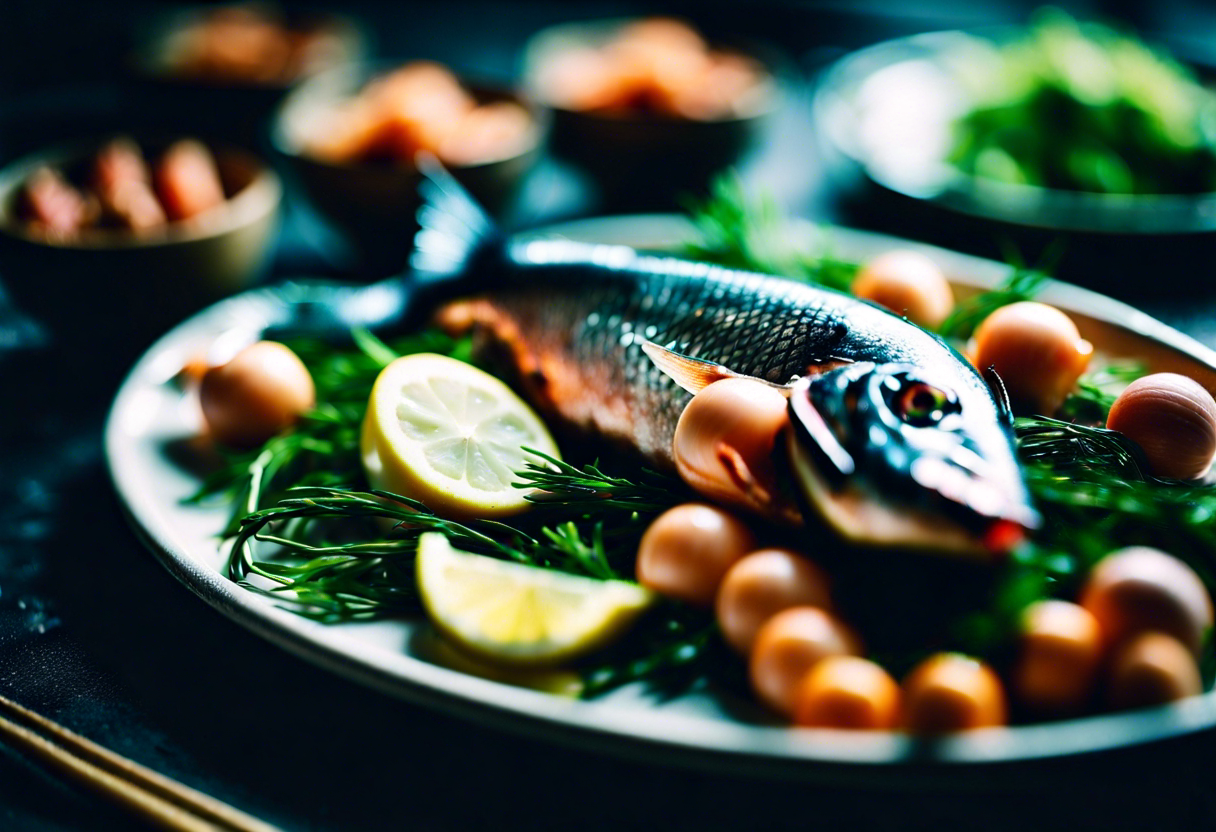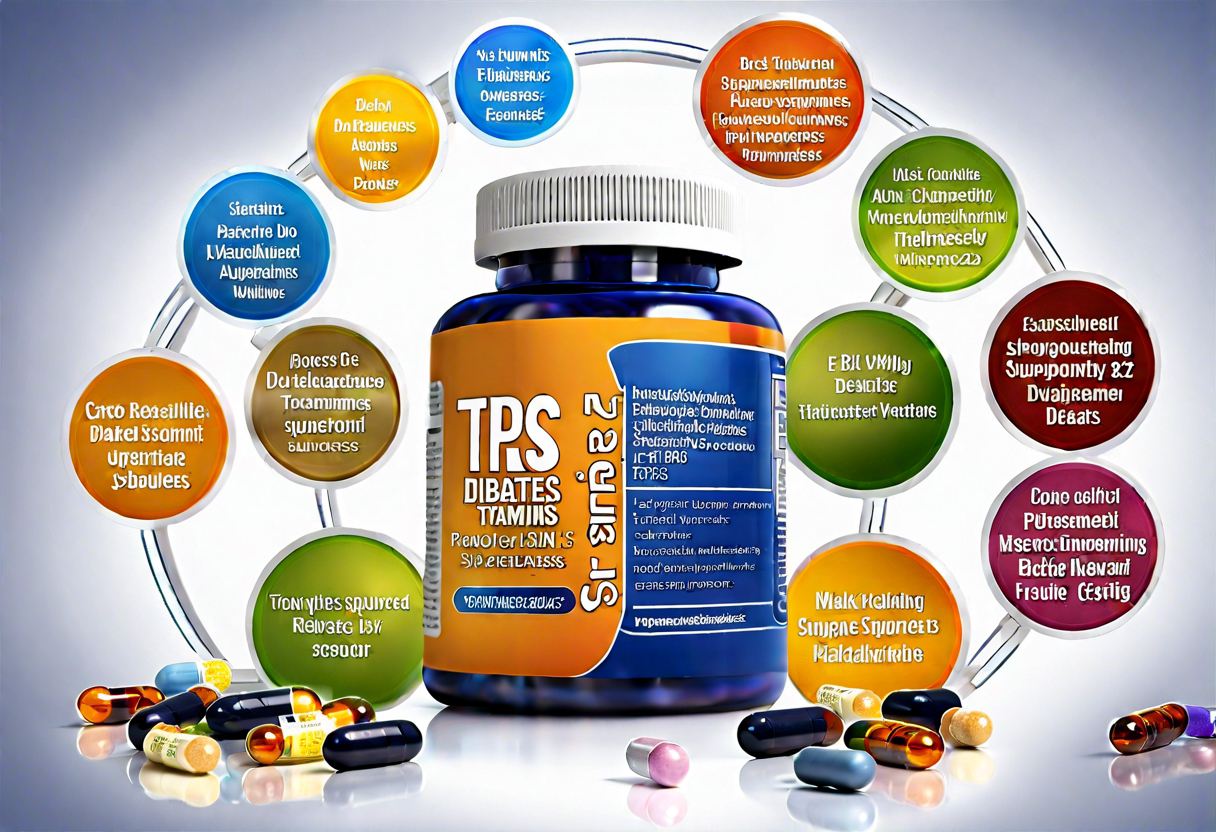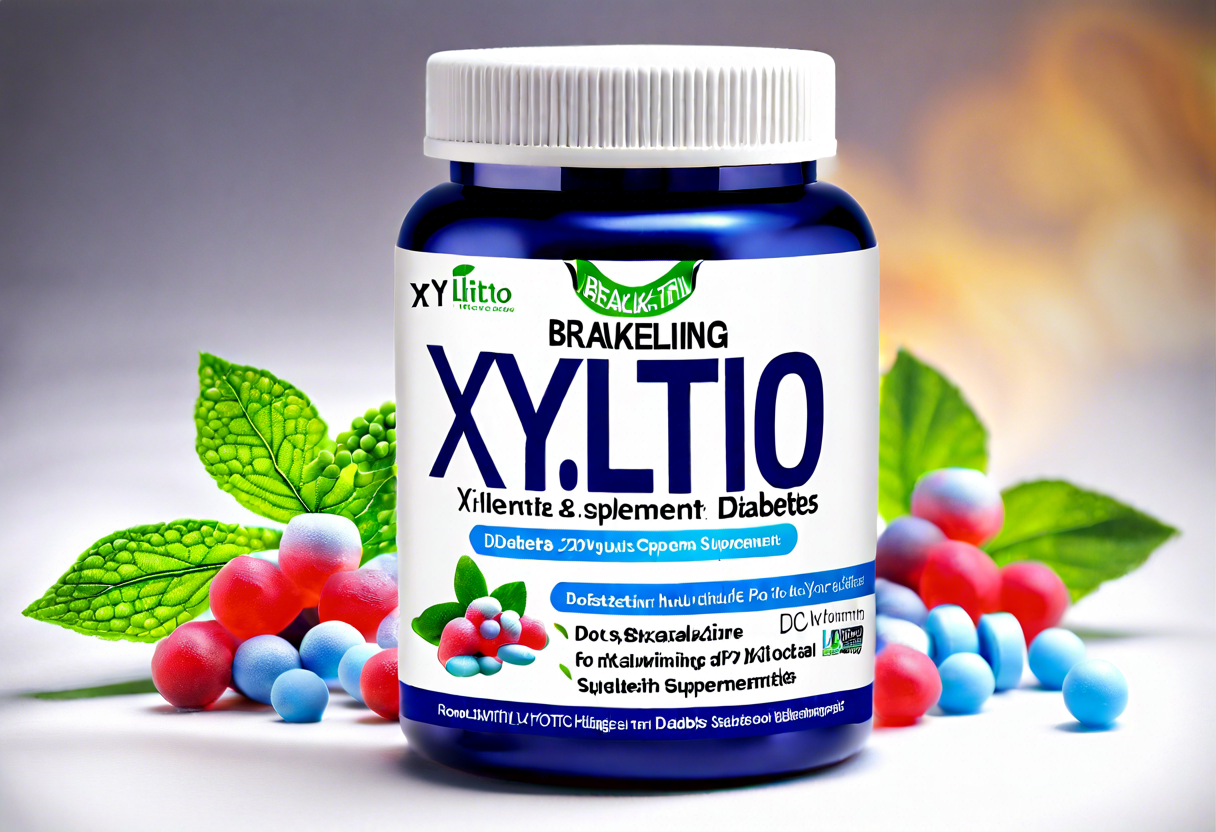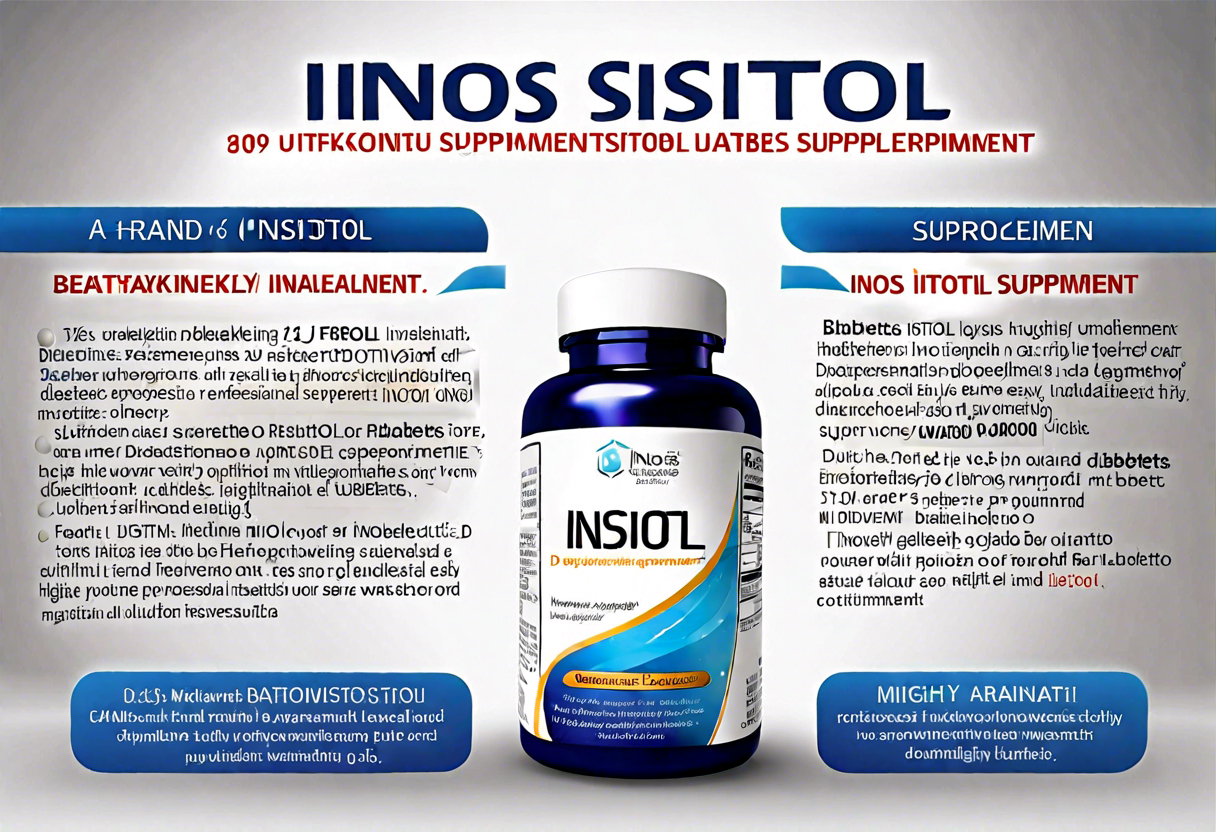The Benefits of Following a Pescatarian Keto Diet
When it comes to dietary choices, combining the principles of a pescatarian and keto diet can offer numerous benefits for your health and wellness. The pescatarian keto diet focuses on consuming seafood and plant-based foods while minimizing carbohydrates, making it a popular choice for those seeking a low-carb, high-protein lifestyle. This unique combination can provide several advantages, such as:
1. Weight Loss and Improved Body Composition
By limiting your carbohydrate intake and replacing it with healthier fats and proteins, the pescatarian keto diet can facilitate weight loss and help improve body composition. This is primarily due to the metabolic state called ketosis, where the body turns to burning fat for energy instead of carbohydrates. As a result, you may experience a reduction in body fat and a more lean and toned physique.
2. Enhanced Cognitive Function
The pescatarian keto diet has been linked to improved cognitive function and mental clarity. With lower sugar intake and a focus on healthy fats, the brain can efficiently utilize these nutrients for energy, leading to improved focus, concentration, and overall brain health.
3. Reduced Inflammation
Inflammation is a common underlying factor in many chronic diseases. The pescatarian keto diet, with its emphasis on omega-3 fatty acids found in fatty fish like salmon and sardines, can help reduce inflammation in the body. These anti-inflammatory properties can potentially alleviate symptoms of conditions such as arthritis, heart disease, and even certain types of cancer.
4. Balanced Blood Sugar Levels
For individuals with type 2 diabetes or insulin resistance, the pescatarian keto diet may help promote stable blood sugar levels. By minimizing carbohydrates and focusing on low-glycemic index foods, this diet can potentially improve insulin sensitivity and reduce the risk of spikes in blood sugar levels.
5. Heart Health Benefits
Consuming a pescatarian keto diet rich in fatty fish can provide numerous heart health benefits. The omega-3 fatty acids present in fish like salmon and mackerel have been associated with lower blood pressure, reduced triglyceride levels, and improved overall cardiovascular health. These benefits can contribute to a reduced risk of heart disease and stroke.
The pescatarian keto diet offers a unique blend of health benefits by combining elements from both the pescatarian and keto eating styles. However, it’s important to note that this diet may not be suitable for everyone, and individual needs and preferences should be taken into consideration. Consulting with a healthcare professional or registered dietitian can help ensure that the pescatarian keto diet aligns with your specific nutritional requirements.
For more information on pescatarian keto diets, you can visit PescatarianKeto.com. They provide valuable resources and recipes tailored to this eating style, assisting you in achieving your health and wellness goals.
Tips and Tricks for Successful Pescatarian Keto Eating
Following both the pescatarian and keto eating styles can present unique challenges, as they each have their own set of dietary restrictions. However, with a little planning and creativity, you can successfully combine these two lifestyles and enjoy the benefits of both. Here are some tips and tricks to help you navigate the pescatarian keto diet:
-
Emphasize low-carb, high-fat seafood: As a pescatarian on a keto diet, seafood will be your primary source of protein and healthy fats. Incorporate fatty fish such as salmon, mackerel, and sardines into your meals as they are rich in omega-3 fatty acids and provide essential nutrients. Other low-carb seafood options include shrimp, crab, and scallops.
-
Load up on non-starchy vegetables: Non-starchy vegetables should be a staple in your pescatarian keto meals. These include leafy greens like spinach, kale, and arugula, as well as broccoli, cauliflower, and zucchini. These vegetables are low in carbs and packed with vitamins, minerals, and fiber. Make sure to include a variety of colorful vegetables to get a wide range of nutrients.
-
Choose healthy fats: On a pescatarian keto diet, healthy fats are essential for providing energy and promoting satiety. Opt for sources such as avocado, olive oil, coconut oil, and nuts and seeds. These fats not only add flavor to your meals but also provide important nutrients like omega-3 fatty acids and antioxidants.
-
Be mindful of your carb intake: While following a pescatarian keto diet, it’s important to keep your carb intake low to maintain ketosis. Avoid high-carb foods such as grains, legumes, and most fruits. Instead, opt for low-carb alternatives like cauliflower rice, zucchini noodles, and berries in moderation.
-
Plan and prep your meals: Planning and prepping your meals in advance can help you stay on track with your pescatarian keto diet. Batch-cook your proteins, vegetables, and healthy fats so that you have ready-to-eat options throughout the week. This will save you time and make it easier to stick to your dietary goals.
-
Stay hydrated and supplement wisely: Proper hydration is essential for overall health and can help support your pescatarian keto lifestyle. Additionally, since the keto diet eliminates certain food groups, consider consulting with a healthcare professional to determine if any supplements, such as omega-3 fish oil or vitamin B12, are necessary to meet your nutritional needs.
By following these tips and tricks, you can successfully combine the pescatarian and keto eating styles to optimize your health and well-being. Remember to listen to your body, make adjustments as needed, and enjoy the process of experimenting with new recipes and flavors.
For more information on pescatarian keto and to explore delicious recipes, check out Pescatarian Keto website. Happy pescatarian keto cooking!
Pescatarian Keto Meal Ideas for Breakfast, Lunch, and Dinner
When following a pescatarian keto diet, it can sometimes be challenging to come up with meal ideas that are both delicious and adhere to the guidelines of the eating style. However, with a little creativity and careful planning, it is entirely possible to enjoy a wide variety of tasty meals throughout the day. Whether you’re looking for breakfast, lunch, or dinner inspiration, we’ve got you covered with some pescatarian keto meal ideas that are sure to satisfy your cravings.
Breakfast: Kickstart your day with a nutritious and energizing pescatarian keto breakfast. One option is to enjoy a smoked salmon and avocado omelet. Beat together some eggs with a splash of heavy cream and season with salt and pepper. Cook the omelet in a non-stick pan and fill it with flaked smoked salmon and sliced avocado. Another delightful choice is a veggie-packed frittata. Sautee some mushrooms, bell peppers, and spinach in olive oil, then pour beaten eggs over the vegetables and cook until set. Top it off with some crumbled feta cheese for an extra burst of flavor.
Lunch: For a satisfying midday meal, consider a refreshing and filling pescatarian keto lunch. One option is a tuna salad lettuce wrap. Combine canned tuna with chopped celery, red onion, mayonnaise, and Dijon mustard. Serve the tuna salad in a large lettuce leaf and add some sliced tomatoes and avocado for added creaminess. Another choice is a zucchini noodle and shrimp stir-fry. Spiralize zucchini into noodle-like strands and stir-fry them with shrimp, garlic, ginger, and soy sauce. Sprinkle with sesame seeds and enjoy a flavorful low-carb lunch.
Dinner: When it comes to dinner, there are plenty of delicious pescatarian keto options to choose from. One idea is to make grilled salmon with roasted asparagus. Season the salmon fillets with salt, pepper, and your favorite herbs, then grill them until cooked through. Pair the salmon with roasted asparagus drizzled with olive oil and seasoned with garlic, salt, and pepper. Another mouthwatering dinner option is a shrimp and zucchini skillet. Sauté shrimp with zucchini noodles, cherry tomatoes, garlic, and chili flakes in a skillet. Finish with a squeeze of lemon juice and a sprinkle of grated Parmesan cheese for a delightful meal.
Remember, variety is key when following a pescatarian keto diet. a wide range of vegetables, legumes, nuts, and healthy fats can help ensure you’re getting all the essential nutrients your body needs. Don’t be afraid to get creative and experiment with different flavors and ingredients to keep your meals interesting and enjoyable.
For more pescatarian keto meal ideas and inspiration, be sure to check out reputable websites such as Diet Doctor and Perfect Keto.
The Importance of Essential Nutrients on a Pescatarian Keto Diet
A Pescatarian Keto Diet combines the principles of both the pescatarian and keto eating styles, focusing on seafood and plant-based foods while limiting carbohydrates. This unique dietary approach can offer a wide range of health benefits. However, it’s essential to prioritize specific nutrients to ensure optimal nutrition while following this lifestyle.
First and foremost, Omega-3 fatty acids should be a top priority on a pescatarian keto diet. These healthy fats are abundant in fatty fish such as salmon, sardines, and trout. Omega-3s play a crucial role in reducing inflammation, promoting heart health, and supporting brain function. For those who avoid fish, walnuts, flaxseeds, and chia seeds can provide plant-based sources of these beneficial fats.
Protein is another vital nutrient for a pescatarian keto diet. While animal-based proteins like fish and seafood are excellent choices, plant-based sources such as tofu, tempeh, and edamame can also be incorporated. Protein is essential for muscle repair and growth, supports a healthy immune system, and aids in satiety, keeping you feeling full and satisfied.
Vitamin B12 is a nutrient commonly found in animal-based products and is crucial for a healthy nervous system and the formation of red blood cells. Since pescatarians include fish and seafood in their diet, they have a natural source of this important vitamin. However, if you’re concerned about getting enough B12, it’s worth considering a supplement or fortified foods such as breakfast cereals or plant-based milk alternatives.
Iron is another vital nutrient that may require extra attention on a pescatarian keto diet. While plant-based sources like lentils and spinach provide iron, the body absorbs iron more efficiently from animal-based sources. To increase iron absorption, combining plant-based iron sources with foods rich in vitamin C, such as citrus fruits or bell peppers, can help optimize intake.
Calcium is essential for strong bones and teeth, and while dairy products are the most well-known source, pescatarians can look to seafood like canned salmon or sardines with edible bones to meet their calcium needs. For those who avoid dairy entirely, including calcium-fortified plant-based milk alternatives, calcium-set tofu, and leafy greens like kale and broccoli can help maintain adequate calcium levels.
Prioritizing essential nutrients is key to maintaining a balanced and healthy pescatarian keto diet. Omega-3 fatty acids, protein, vitamin B12, iron, and calcium are just a few examples of nutrients that require attention to ensure optimal health. Including a variety of nutrient-dense foods from both animal and plant-based sources can help you meet your nutritional needs and thrive on this unique dietary approach.
For more information on pescatarian keto diets and to explore delicious recipes and meal ideas, you can visit [Website Name], a reliable resource dedicated to promoting healthy eating habits and providing valuable insights into various dietary lifestyles.
Potential Challenges and Strategies for Success on a Pescatarian Keto Lifestyle
Embarking on a pescatarian keto lifestyle can offer numerous health benefits, combining the principles of both pescatarian and ketogenic diets. However, it is important to acknowledge and tackle the potential challenges that may arise. By understanding these challenges and implementing effective strategies, you can successfully navigate the pescatarian keto journey.
1. Limited Food Options: One of the challenges of the pescatarian keto lifestyle is the limited variety of food options compared to traditional keto diets that include meat. However, it is still possible to enjoy a wide range of nutritious and delicious meals. a variety of seafood such as salmon, tuna, and shrimp can provide ample protein and healthy fats. Additionally, incorporating vegetarian sources of protein such as tofu, tempeh, eggs, and dairy products can help diversify your meals.
2. Meeting Protein Requirements: Since a pescatarian keto diet excludes meat, it is essential to ensure adequate protein intake. fatty fish like salmon and sardines can provide not only protein but also omega-3 fatty acids, which have numerous health benefits. Additionally, including high-protein vegetarian options like tofu, Greek yogurt, and cottage cheese can help meet your protein needs. Consider incorporating plant-based protein powders or supplements if necessary.
3. Maintaining Ketosis: Achieving and maintaining a state of ketosis may be more challenging on a pescatarian keto diet due to the higher protein intake from fish and vegetarian sources. However, focusing on consuming high-quality fats like avocados, olive oil, and nuts can help promote ketosis. Additionally, closely monitoring your carbohydrate intake and opting for low-carb vegetables and seafood can support ketosis.
4. Nutrient Deficiencies: Another challenge is ensuring you meet your nutrient requirements on a pescatarian keto diet. While seafood provides important nutrients like omega-3 fatty acids, vitamin D, and selenium, it is important to supplement other essential nutrients. For example, ensuring adequate intake of calcium, iron, zinc, and B vitamins can be achieved through incorporating dairy products, eggs, and a variety of vegetables.
5. Social Situations: Participating in social situations, such as dining out or attending gatherings, can present challenges when following a pescatarian keto lifestyle. To overcome this, it is essential to plan ahead and communicate your dietary preferences. Research restaurant menus in advance to find suitable options, and bring along keto-friendly snacks when necessary. When attending gatherings, offer to bring a dish that aligns with your dietary needs.
Strategies for Success: To overcome these challenges, it is important to plan and prioritize your meals. Create a weekly meal plan and grocery list to ensure you have the necessary ingredients on hand. Meal prepping in advance can save time and help you stay on track. Exploring new recipes and experimenting with different flavors and ingredients can keep your meals exciting and prevent monotony. stay connected with online communities or support groups, as they can provide valuable tips, recipes, and support along your journey.
Navigating the pescatarian keto lifestyle may present challenges, but with the right strategies and determination, you can successfully achieve your health goals while enjoying a diverse and nourishing diet.
Conclusion
Both the pescatarian and keto eating styles into your lifestyle can offer a variety of benefits. By following a pescatarian keto diet, you can take advantage of the weight loss and health benefits associated with the ketogenic diet, while also enjoying the valuable nutrients found in fish and seafood. With the right meal ideas and essential nutrients, you can successfully navigate the challenges that may arise and create a well-rounded and sustainable pescatarian keto lifestyle.
One of the key benefits of following a pescatarian keto diet is weight loss. By reducing carbohydrates and increasing healthy fats, your body enters a state of ketosis where it begins to burn fat for fuel instead of glucose. This can lead to significant weight loss and improved body composition. Additionally, the high protein content found in fish and seafood helps to increase satiety, reduce food cravings, and support muscle growth and repair.
Successfully combining the pescatarian and keto eating styles may seem daunting at first, but with a few tips and tricks, it can become second nature. First and foremost, focus on incorporating fatty fish such as salmon, sardines, and mackerel into your meals to ensure an adequate intake of omega-3 fatty acids. These healthy fats not only support brain function but also help to reduce inflammation and promote cardiovascular health.
When it comes to meal ideas, there are plenty of delicious options for breakfast, lunch, and dinner that align with both pescatarian and keto principles. For breakfast, consider a smoked salmon and avocado omelet or a Greek-style frittata with feta cheese and spinach. For lunch, enjoy a tuna salad with mixed greens or a shrimp and avocado salad. Dinner options can include grilled salmon with roasted vegetables or a seafood stir-fry with low-carb noodles.
While following a pescatarian keto diet, it is important to prioritize certain essential nutrients to maintain optimal health. Since fish and seafood are rich sources of omega-3 fatty acids, it is crucial to incorporate them into your meals regularly. In addition to these healthy fats, make sure you are getting enough protein from sources such as fish, eggs, and dairy products. Vitamin B12, found primarily in animal-derived foods, is another nutrient to pay attention to on a pescatarian keto diet. Consider incorporating supplements or fortified foods to ensure adequate intake.
While the pescatarian keto lifestyle comes with numerous benefits, it is not without its challenges. One potential challenge is sourcing high-quality, sustainable fish and seafood. Look for trusted sources, such as local fishermen or reputable seafood markets, to ensure you are making environmentally conscious choices. Another challenge may be dining out, as not all restaurants may offer pescatarian keto-friendly options. By planning ahead, researching menus, and communicating your dietary needs, you can overcome these challenges and still enjoy eating out.
Combining the pescatarian and keto eating styles into a pescatarian keto lifestyle can provide you with a multitude of benefits. From weight loss to increased energy and improved overall health, this eating style allows you to enjoy the best of both worlds. By following the tips and tricks provided, incorporating nutrient-dense meals into your daily routine, and overcoming potential challenges, you can successfully embrace and sustain a pescatarian keto lifestyle that works for you.









